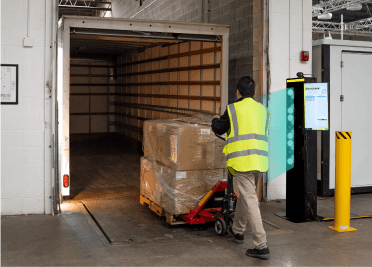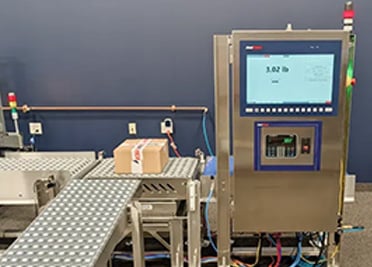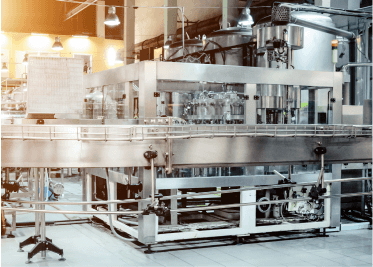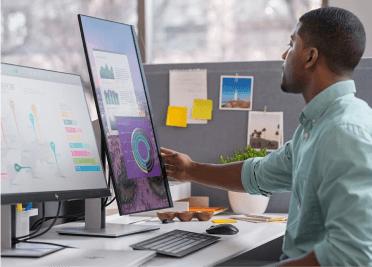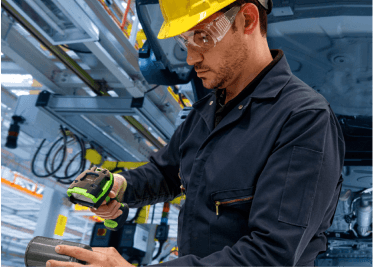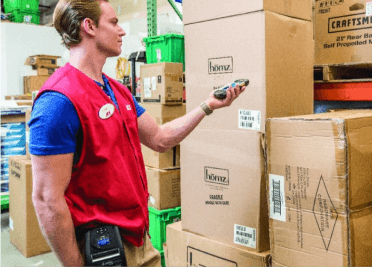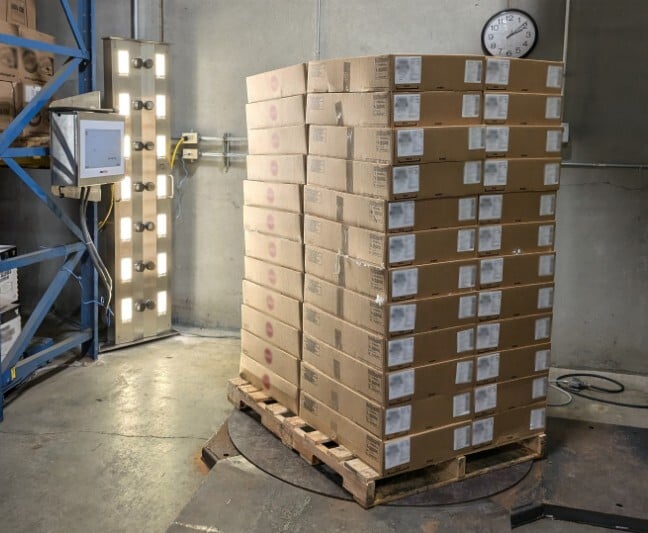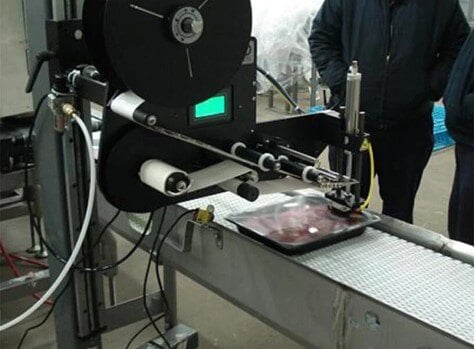How to Take a Machine Vision Project from Lab Testing to Full Deployment
🔹 Introduction: Why Many Vision Projects Fail Before Deployment
You’ve identified a need for automated defect detection, quality inspection, or barcode validation. Maybe you’ve tested a machine vision system in a controlled environment, and the results looked promising. But when it’s time to scale up, the system struggles.
✅ False positives skyrocket in real-world conditions.
✅ Production speed is too fast for the system to keep up.
✅ Variability in materials or lighting causes errors.
✅ The system doesn’t integrate smoothly with automation and data workflows.
This is why many machine vision projects stall before full deployment. Moving from a proof of concept (PoC) to a production-ready system requires expert engineering, real-world validation, and a structured deployment process.
🔹 Why Proof of Concept Isn’t Enough
A successful PoC is just the beginning. Many companies assume that once a vision system works in a test environment, it will work in production. But in reality, lab results don’t always translate to factory floors.
Here’s why vision systems often fail after the PoC stage:
🔴 Limited Sample Data – AI models aren’t trained on enough real-world variability.
🔴 Changing Production Conditions – Temperature, humidity, vibrations, and lighting impact performance.
🔴 Integration Challenges – Vision data must sync with ERP, WMS, PLCs, and MES systems.
🔴 Lack of Continuous Optimization – AI models degrade without ongoing fine-tuning.
🔹 The AbeTech Approach: From Concept to Reality
At AbeTech, we take a structured, engineering-driven approach to vision system deployment. Our team of vision engineers, software developers, and automation experts ensure that your project:
✅ Works in real production conditions, not just in a lab.
✅ Scales across multiple lines or facilities without rework.
✅ Integrates seamlessly with automation and data workflows.
✅ Continuously improves through AI tuning and system monitoring.
🔹 How We Take Machine Vision Systems from PoC to Full Production
1️⃣ Lab Testing & Proof of Concept
✔ Validate performance in a controlled setting.
✔ Test different cameras, lighting, and deep learning models.
✔ Identify initial limitations before scaling up.
2️⃣ Prototype Development & Real-World Testing
✔ Deploy the system in a live production environment.
✔ Fine-tune settings for materials, surfaces, and environmental conditions.
✔ Measure success against real-world performance benchmarks.
3️⃣ Full-Scale Deployment
✔ Ensure high-speed, high-accuracy operation under production loads.
✔ Optimize data integration with automation platforms.
✔ Minimize downtime and deployment risk.
4️⃣ Ongoing Optimization & Scaling
✔ AI model retraining to reduce false positives and improve accuracy.
✔ Performance monitoring to prevent system degradation.
✔ Scalable framework for multi-site rollouts.
🔹 Real-World Success: Deploying a Scalable Vision System
A manufacturing company successfully tested an AI-driven defect detection system in a lab setting. The system worked—until they moved to production.
❌ False rejects increased due to lighting inconsistencies.
❌ Production speeds were too fast for the original setup.
❌ The AI model struggled with material variation.
AbeTech’s engineers stepped in:
🔹 Recalibrated vision settings for real-world conditions.
🔹 Implemented high-speed image processing optimizations.
🔹 Retrained the AI model with more diverse production data.
🔹 Why a Structured Vision Deployment Process Matters
Vision automation is more than just installing cameras and AI models. Without expert oversight, many projects fail at scale.
✅ Ensures Reliable Performance – Vision systems that adapt to real-world variability.
✅ Reduces False Positives – AI models tuned for your production environment.
✅ Minimizes Risk of Failure – Real-world testing ensures successful full-scale deployment.
✅ Creates a Scalable Automation Roadmap – Designed for multi-line or multi-facility rollouts.
🔹 Final Call to Action
A vision system shouldn’t just work in a lab—it should work in real production. AbeTech’s expert engineers ensure your system is tested, optimized, and ready for scale.
